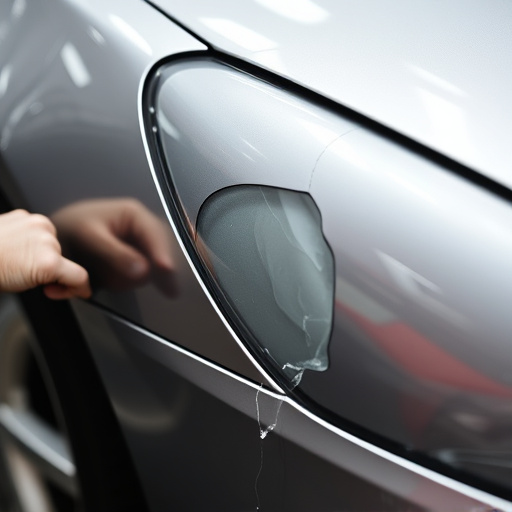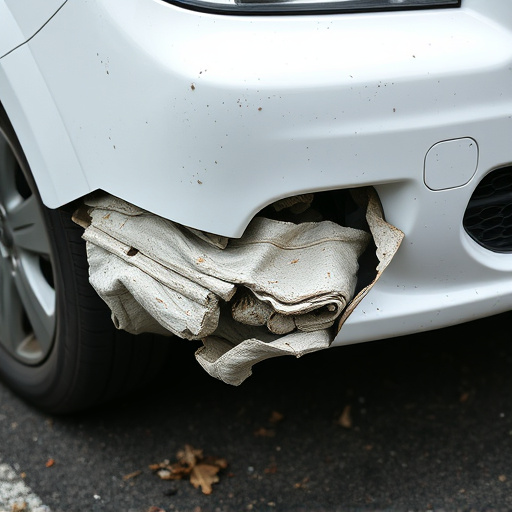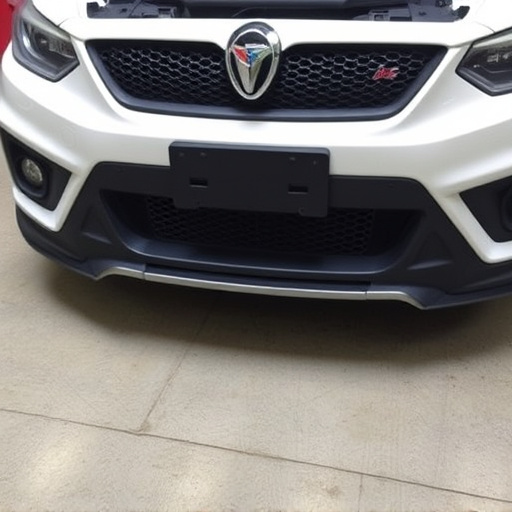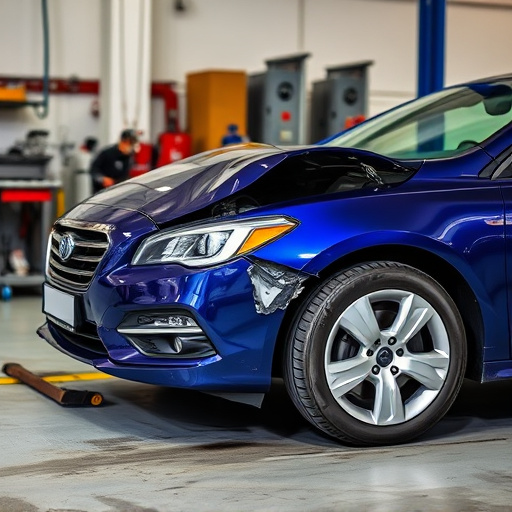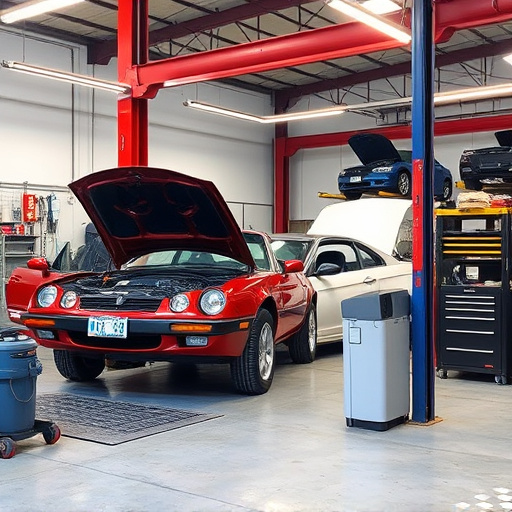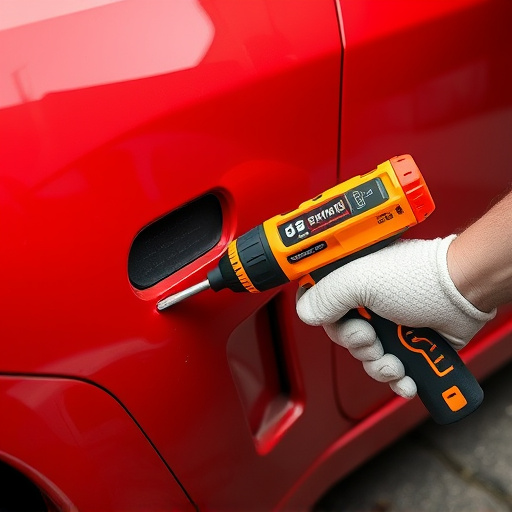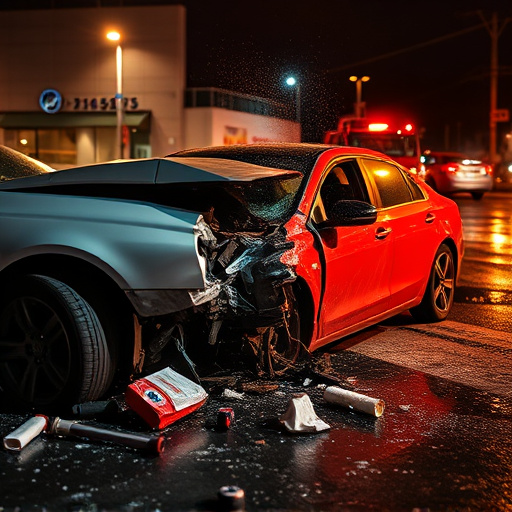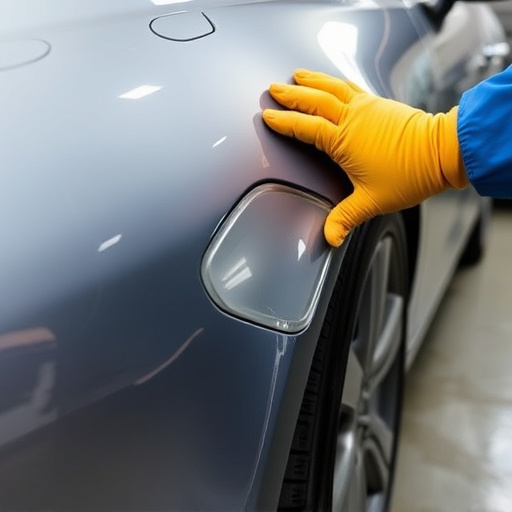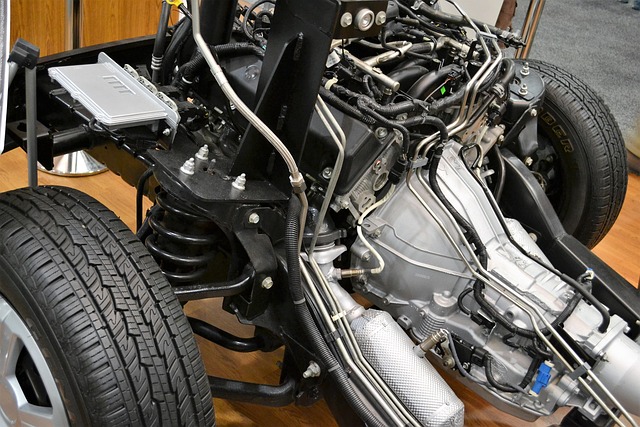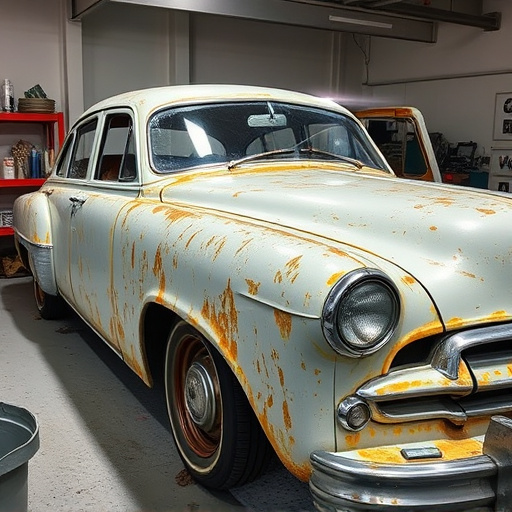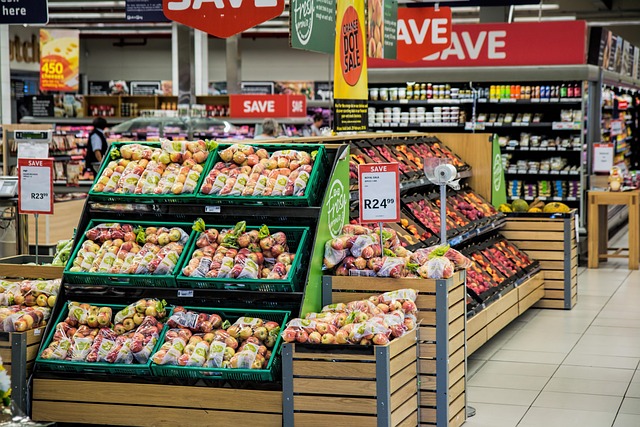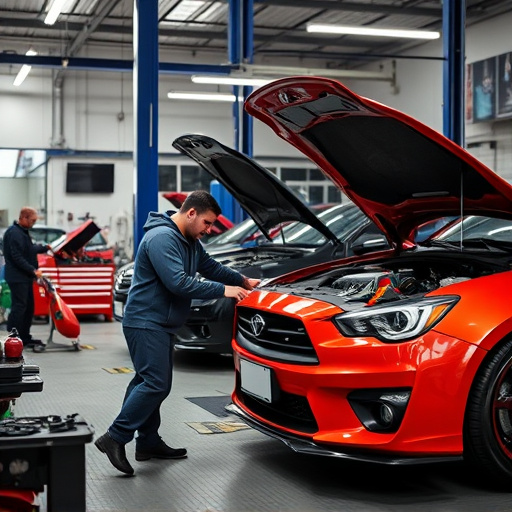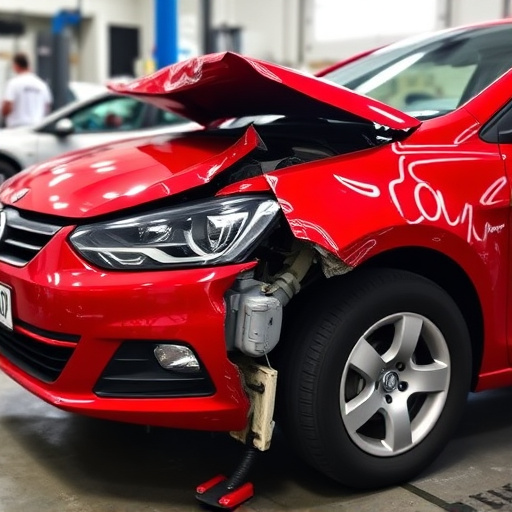Computerized paint matching technology revolutionizes automotive painting, especially in collision repair, by leveraging algorithms, sensors, and high-tech equipment to precisely replicate original vehicle colors. This digital approach reduces human error, speeds up repairs, enhances consistency, and ultimately boosts customer satisfaction. While challenges remain with the vast number of available paint colors, advancements in AI and machine learning, coupled with potential AR integration, promise even greater efficiency in achieving perfect color accuracy for diverse repair needs.
In today’s digital era, accurate paint matching is crucial for various industries, from automotive to interior design. Understanding computerized paint matching, or the science behind it, is essential for achieving consistent and precise color results. This article explores the benefits of employing digital tools in this process, delving into how they revolutionize color selection and ensure superior quality. We also examine current challenges and future trends in digital paint matching technology, shedding light on its ever-evolving role.
- Understanding Computerized Paint Matching: The Basics
- Benefits of Using Digital Tools for Accurate Color Matching
- Challenges and Future Trends in Digital Paint Matching Technology
Understanding Computerized Paint Matching: The Basics

Computerized paint matching is a sophisticated process that leverages digital technology to ensure precise color coordination in automotive painting, particularly in collision repair and auto body restoration scenarios. This method goes beyond traditional manual mixing by employing advanced algorithms and sensor-driven systems to analyze and replicate even the most subtle nuances of a vehicle’s original paint job. With the help of high-resolution cameras, spectrophotometers, and powerful software, these digital tools capture and compare vast amounts of color data in real time, minimizing human error.
This technology is particularly invaluable in bumper repair and other intricate auto body restoration tasks. By digitizing the matching process, technicians can achieve a level of accuracy that was once unattainable with conventional methods. Computerized paint matching not only speeds up the repair process but also guarantees consistent, high-quality results, enhancing customer satisfaction and ensuring vehicles return to their pre-incident condition or even surpass their original aesthetic appeal.
Benefits of Using Digital Tools for Accurate Color Matching
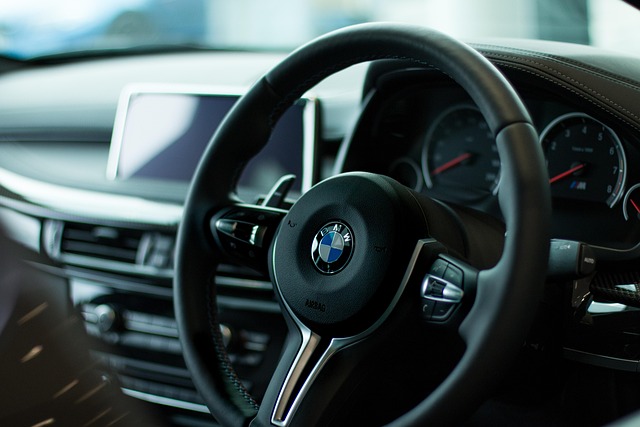
Using digital tools for accurate color matching in auto body painting and automotive collision repair offers a multitude of benefits that significantly enhance the efficiency and precision of auto repair shops. Computerized paint matching systems leverage advanced algorithms and databases to analyze and match colors precisely, ensuring minimal to no visible differences between original and replacement paints. This level of accuracy not only saves time but also reduces costs associated with rework and additional materials.
Moreover, digital tools provide a consistent and repeatable process, which is crucial for maintaining the quality and integrity of auto body painting. They enable technicians to access a vast array of color formulations and specifications instantly, facilitating quicker decision-making and more efficient work flows in the auto repair shop. This technological advancement has revolutionized the way colors are matched and applied, leading to better overall results in auto body painting and enhancing customer satisfaction in automotive collision repair services.
Challenges and Future Trends in Digital Paint Matching Technology
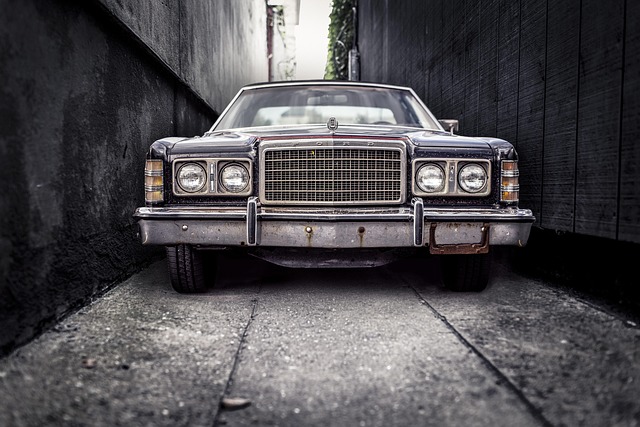
The evolution of digital tools has brought significant advancements to the field of paint matching, revolutionizing the way collision repair shops and automotive experts handle color accuracy. However, despite these gains, several challenges remain in achieving perfect paint matching for vehicles like Mercedes-Benz repairs or paintless dent repair services. One of the primary hurdles is the vast array of paint colors available—an enigma that continues to test even the most sophisticated computerized paint matching systems.
Looking ahead, the future of digital paint matching technology promises exciting innovations. Trends indicate a growing reliance on artificial intelligence and machine learning algorithms, which could enhance color analysis and prediction capabilities. These advanced systems might be able to adapt to new colors more swiftly, cater to custom paint jobs, and improve overall efficiency in collision repair shops. Additionally, integrating augmented reality (AR) into paint matching processes may offer real-time visual guidance, making the application of precise amounts of touch-up paint or for intricate repairs like paintless dent repair even more accessible and accurate.
The evolution of computerized paint matching technology has revolutionized the way we approach color accuracy in various industries. Digital tools offer unparalleled precision, streamlining processes and reducing human error. As these technologies continue to advance, we can expect even more sophisticated algorithms and improved user experiences. Despite challenges such as light conditions and material variations, the future of digital paint matching looks bright, promising faster, more reliable results for professionals worldwide.
